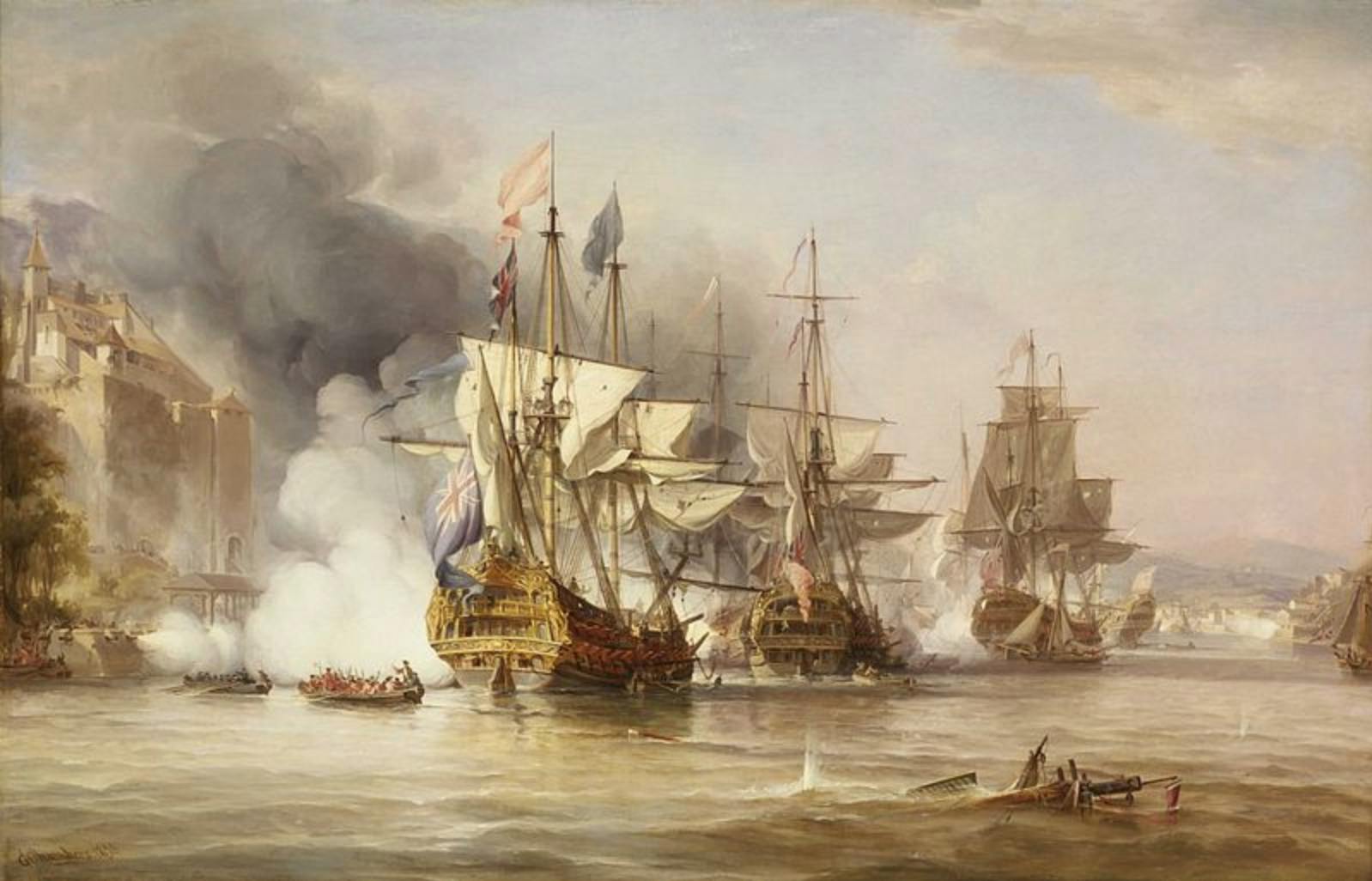The battle of Cartagena de Indias is one of the greatest feats of the history of the Spanish navy and one of the greatest Spanish military victories in the S.XVIII. Today we will try to make known how this confrontation between British and Spanish, but first, in order to understand the conflict well,we will briefly review the causes that took place to the English Navy to besiege this square Fort located in present-day Colombia.
The battle of Cartagena de Indias is framed within the context of the "war of the seat" (1739-1748), also known as "Jenkins' ear war". During these years, and despite the fact that the Spanish military and economic power was in frank decline on the European continent, Spain still had a privileged position in the American continent. Much of the wealth and the Spanish economy came from trade with colonies abroad. However, and as a consequence of the defeats suffered in Europe (War of Spanish Succession: 1701-1713), the Spanish Empire was forced to sign the Utrecht Treaty (1713), with which, in addition to territorial losses for Spain, it was forced to accept licenses that facilitated Britain trade with America (the famous "black seat",that allowed England to sell African American slaves in America and the "ship of permission",that allows direct trade with the Spanish colonies by British companies)

All this, meant the end of the Spanish commercial monopoly with the american colonies. A situation that did nothing but deteriorate in the first decades of the eighteenth century until the year 1729, year in which the "Treaty of Seville" was signed, in which England agreed not to trade with the Spanish colonies anymore. As a result of this treaty, Spain is granted the "right of visit", which consists ofthe possibility of boarding English ships by the Spanish (in English waters) in order to consult that illegal contraband was not carried out withing the Spanish colonies. However, the smuggling of goods by the Dutch and English at sea Spanish Caribbean was of such magnitudes (until 1741, the Spanish boarded 331English and British 231 Spanish employees) that tension grew between both empires.
All this, together with the British interest in having strong positions in the American continent with a view to improving its commercial position with the colonies American led to the outbreak of war between the two nations despite the treaty of "El Pardo" (January 1739) in which an understanding was sought to avoid warfare. Thus begins the War of the Seat (October 1739-October 1748)
First battles of the war
Once hostilities between the two countries began, D. Thomas's fleet Waterhouse (consisting of three ships) acts first when attacking La Guaira (in present-day Venezuela). The English contingent, who expected a simple victory over the Spanish troops (commanded by Captain D. Francisco Saucedo) stationed in the forts of the city suffers a setback and is forced to fall back on the island of Jamaica (in the possession of Great Britain). Just a month later (November 1739), the top leader of the british fleet in the Caribbean, Admiral D. Edward Vernon, directs an important action against Puerto Bello (in present-day Panama), in which 6 British ships defeat the deficient Spanish forces in the city.

After this important success of the English fleet, Admiral Vernon, perhaps ecstatic for the victory in Portobelo it is proposed to eliminate the Spanish resistance in the area, for which yields the Spanish fortress of "San Lorenzo el Real del Charges" (under the command of Captain Juan Carlos Gutiérrez Cevallos) in March 1740. In that same month, Admiral Vernon turns his eyes on the most important spanish square in the area, Cartagena de Indias, so he will send the fleet in two occasions to try to find out the defenses and weapons the square had. A square whose commander was a military man who was already known, Admiral D. Blas de Lezo, a military man already hardened in the bloody War of Spanish Succession. Despite the great experience of this military man, and the determination of the Spanish and indigenous troops guarding the square, the Spanish forces in Cartagena de IndiAS were at a frank disadvantage with the British forces: a proportion of1:10 in ground troops in favor of the British and 6 Spanish ships compared to 195 that the British navy could gather in the Caribbean area. Everything apparently indicate that evidently Cartagena de Indias would run the same luck as Portobello at the hands of the English fleet.
To read the second part: https://mateopg.com/blog/siege-of-cartagena-de-indias-1741-part-ii/

